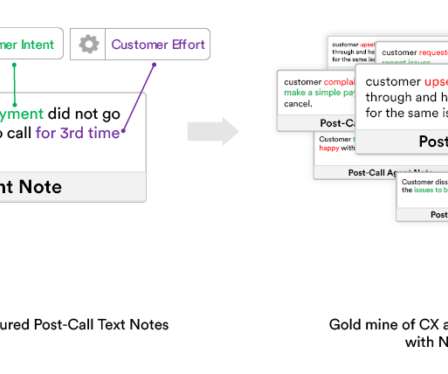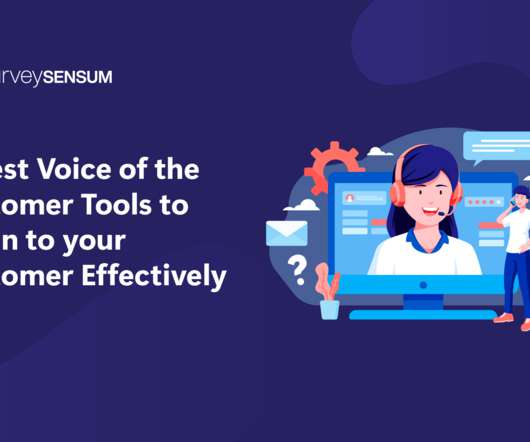6 Reasons Why Unstructured Data Is Key to an Effective Retention Program
VOZIQ
APRIL 21, 2022
Traditional customer retention strategies only use structured data because it’s easier for their models to understand and be trained with. While structured customer data can tell you how many customers may cancel, unstructured data can reveal your customers’ wants, needs, concerns, expectations, and reasons for potentially canceling.



















Let's personalize your content